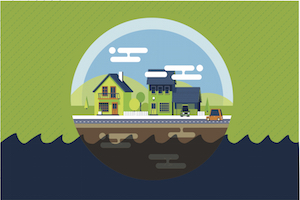
Start Preparing for the Next Hurricane Irma
It’s time to stop using the words “unprecedented” or “one in a pick-your-large-number-year flood” to fool ourselves into believing that we’re experiencing one-off weather that can’t be defended against.

It’s time to stop using the words “unprecedented” or “one in a pick-your-large-number-year flood” to fool ourselves into believing that we’re experiencing one-off weather that can’t be defended against.
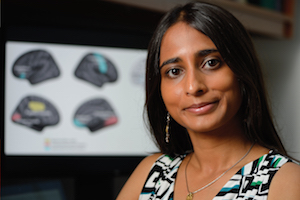
Engineering principles have influenced a variety of areas, but one that remains relatively untouched is the human brain. Archana Venkataraman aims to change that.
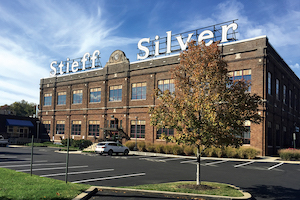
Johns Hopkins University has purchased Baltimore’s historic Stieff Silver complex, making a highly visible symbol of the city’s manufacturing heritage a part of its future in the knowledge economy.
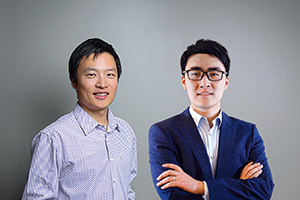
KITT.AI has drawn global attention for its pioneering work in natural language processing—algorithms that recognize spoken language.

Johns Hopkins scientists conducted research analysis for the most expansive study ever conducted on how genetic patterns lead to molecular changes within specific tissues.

Johns Hopkins has launched an interdisciplinary institute aimed at developing the mathematical theories that will hasten the analysis of the massive amounts of data being used to study everything from the inner workings of the human cell to the structure of the universe.
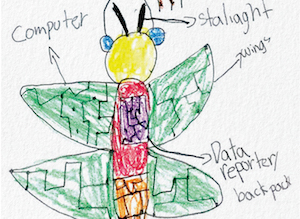
One robot that can retrieve objects drifting into deep water using a whirligig beetle’s swimming ability. Another that can deliver letters and greeting cards with the speed and grace of a dragonfly. Both were among the “Robo-Bugs” imagined and designed by third graders at Barclay Elementary/Middle School last fall.
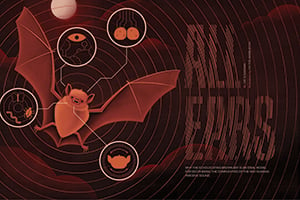
Why the echolocating brown bat is an ideal model for deciphering the complexities of the way humans perceive sound.
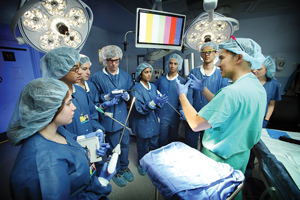
Through their work in hospitals and labs, Johns Hopkins engineering undergrads come up with real-world solutions that are critical to improving patient care.